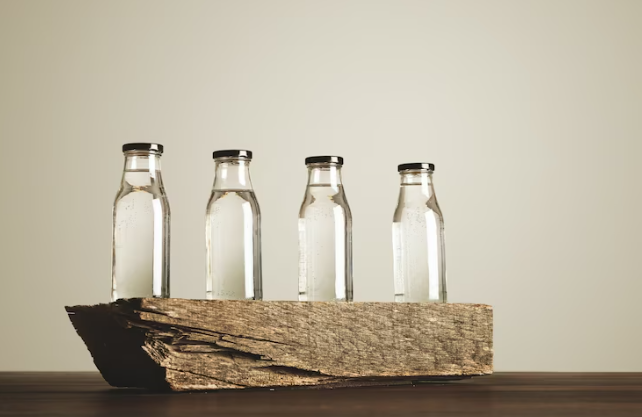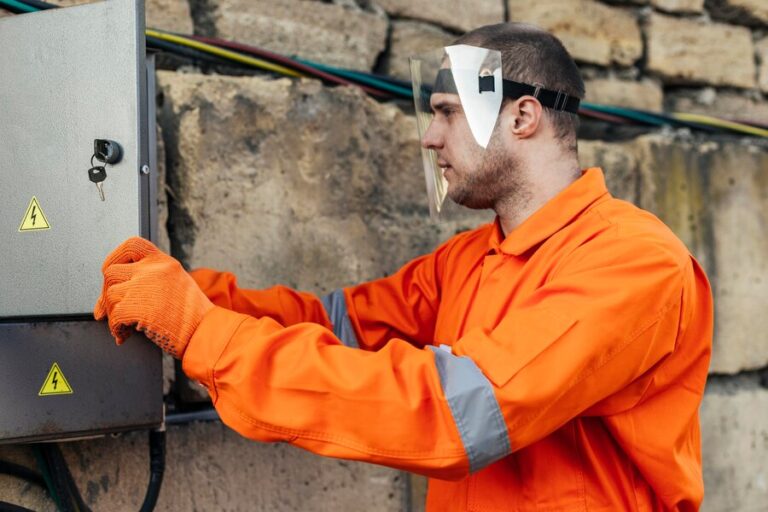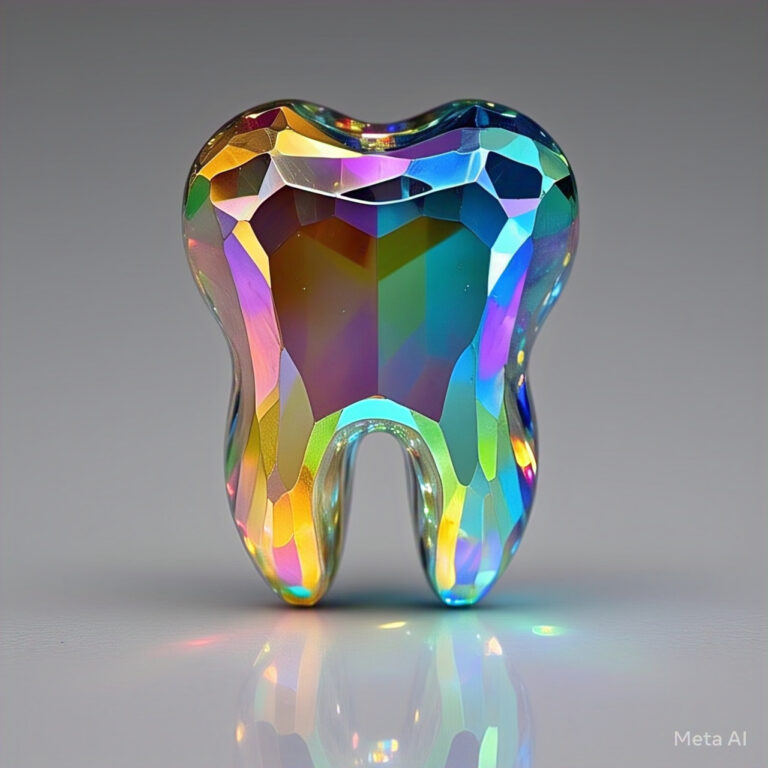In today’s fast-paced world, staying hydrated is more important than ever. Many of us rely on convenient and portable plastic bottles to quench our thirst throughout the day. However, concerns about the safety of these bottles have sparked a widespread debate. With a multitude of plastic options available, it can be confusing to determine which ones are truly safe for drinking water.
Plastic bottles come in various types, each with its own unique composition and potential risks. Understanding the differences and making informed choices is crucial for safeguarding our health and the environment. In this blog post, we will delve into the world of plastic bottles and shed light on which types are considered safe for storing and consuming drinking water.
In recent years, there has been increasing concern about the safety of plastic bottles used for drinking water. You will get more information about bottles related topics on bottles insider blog. With so many different types of plastic on the market, it’s important to understand which ones are safe for use and which ones may leach harmful chemicals into the water. In this article, we will explore the different types of plastic commonly used for water bottles and their safety profiles.
Different types of plastic used for water bottles
There are several types of plastic that are commonly used for water bottles. Each type has its own unique properties and safety considerations. Here are the most common types of plastic used for water bottles:
1. Polyethylene Terephthalate (PET or PETE): This is the most commonly used plastic for water bottles. PET is lightweight, durable, and has low leaching potential. It is considered safe for one-time use but should not be reused or exposed to high temperatures as it may release chemicals.
2. High-Density Polyethylene (HDPE): HDPE is known for its excellent barrier properties, making it a popular choice for water bottles. It is considered safe for water consumption and is resistant to chemicals and UV radiation.
3. Polypropylene (PP): PP is a durable and heat-resistant plastic commonly used for reusable water bottles. It is considered safe for water consumption and has a low risk of leaching chemicals.
4. Polycarbonate (PC): PC is a strong and clear plastic that is commonly used for reusable water bottles. However, it contains a chemical called bisphenol A (BPA), which has been linked to health concerns. It is recommended to avoid using PC water bottles, especially for hot liquids.
By understanding the different types of plastic used for water bottles, consumers can make informed decisions about the safety of the bottles they use for drinking water. It’s important to choose bottles made from safer plastics and to follow proper usage and storage guidelines to ensure the safety of the water we consume.
II. PET (Polyethylene Terephthalate) Bottles
Overview of PET bottles
PET (Polyethylene Terephthalate) is a common type of plastic used for beverage containers, including water bottles. It is lightweight, durable, and resistant to impact, making it a popular choice for packaging.
Safety of PET bottles for drinking water
PET bottles are considered safe for drinking water, as they are approved by regulatory agencies such as the U.S. Food and Drug Administration (FDA) for contact with food and beverages. Here are some key points regarding the safety of PET bottles:
1. BPA-free: PET bottles do not contain Bisphenol A (BPA), a chemical that has raised concerns about its potential health effects. BPA-free bottles provide a safer option for consumers.
2. Non-toxic: PET is a non-toxic plastic that does not leach harmful chemicals into the water when used properly. It is designed to be resistant to chemical leaching, ensuring the safety of the contents.
3. Recyclable: PET bottles are highly recyclable, promoting sustainability and reducing environmental impact. They can be recycled into various products such as fibers, fabrics, and new containers.
It is important to note that PET bottles should be used according to their intended purpose. They are designed for single-use and may degrade over time with repeated use, potentially affecting their safety and performance.
Overall, PET bottles are a safe and convenient option for drinking water. However, it is always recommended to follow proper hygiene practices and store water bottles in a clean and sanitary manner to ensure the safety of the water.
III. HDPE (High-Density Polyethylene) Bottles
Overview of HDPE bottles
HDPE (High-Density Polyethylene) is a common type of plastic used in the manufacturing of bottles. It is known for its high strength, durability, and resistance to chemicals.
Safety of HDPE bottles for drinking water
When it comes to the safety of HDPE bottles for drinking water, they are considered to be one of the safest options available. Here’s why:
1. Non-Toxic: HDPE is a non-toxic material, meaning it does not contain any harmful substances that can leach into the water.
2. BPA-Free: HDPE bottles are typically free from bisphenol A (BPA), a chemical compound that is found in some plastics and has raised concerns about potential health risks.
3. Resistant to Chemicals: HDPE is resistant to a wide range of chemicals, making it a suitable choice for storing various beverages, including water.
4. Recyclable: HDPE bottles are recyclable, which makes them an environmentally-friendly option.
It is important to note that while HDPE bottles are generally safe, it is always recommended to follow proper handling and care instructions provided by the manufacturer. Additionally, it is advisable to avoid reusing disposable bottles for an extended period of time, as they can degrade over time and may not maintain the same level of safety.
To learn more about HDPE bottles and their safety for drinking water, you can refer to this Wikipedia article.
IV. BPA-Free Bottles
What is BPA and its potential health risks
Bisphenol A (BPA) is a chemical compound that is commonly used in the production of plastic bottles and other consumer goods. BPA has been linked to potential health risks, including hormonal imbalances, reproductive issues, and an increased risk of certain diseases. Research has shown that BPA can seep into food or beverages contained in plastic bottles, especially when the bottles are exposed to heat or acidic conditions.
Safety of BPA-free bottles for drinking water
To address concerns about BPA, many manufacturers now produce BPA-free bottles. These bottles are made from materials that do not contain BPA or other potentially harmful chemicals. BPA-free bottles are considered safe for drinking water due to the absence of BPA.
When choosing a BPA-free bottle for drinking water, here are a few things to consider:
- Look for bottles that are explicitly labeled as BPA-free.
- Opt for bottles made from materials such as stainless steel, glass, or certain plastics like Tritan, which are known for their safety.
- Ensure that the bottle is designed to be leak-proof and durable.
- Consider the size and shape of the bottle to ensure it suits your needs.
By choosing BPA-free bottles, you can enjoy the convenience of a reusable water bottle while minimizing potential exposure to harmful chemicals.
V. Glass Bottles
Overview of glass bottles
Glass bottles have been used for storing and transporting liquids for centuries. They are a popular choice for many people due to their durability, non-toxic nature, and ability to preserve the taste and quality of the contents. Glass bottles are commonly used for a variety of beverages, including water.
Safety of glass bottles for drinking water
Glass bottles are considered safe for drinking water for several reasons:
1. Non-reactive: Glass is non-reactive, meaning it does not leach any harmful chemicals or substances into the water. This ensures that the water remains pure and uncontaminated.
2. Retains taste and quality: Glass bottles do not impart any flavor or odor to the water, allowing for a clean and refreshing taste. The quality of the water is preserved without any interference from the container.
3. Easy to clean and sterilize: Glass bottles can be easily cleaned and sterilized, making them a hygienic choice for storing drinking water. They can withstand high temperatures and are dishwasher safe.
4. Environmentally friendly: Glass is a recyclable material, making glass bottles an environmentally friendly option for reducing waste and promoting sustainability.
However, it is important to handle glass bottles with care, as they can break if dropped or mishandled. It is also recommended to choose glass bottles with protective sleeves or covers to prevent breakage and provide additional insulation.
In today’s fast-paced world, staying hydrated is more important than ever. Many of us rely on convenient and portable plastic bottles to quench our thirst throughout the day. However, concerns about the safety of these bottles have sparked a widespread debate. With a multitude of plastic options available, it can be confusing to determine which ones are truly safe for drinking water.
Plastic bottles come in various types, each with its own unique composition and potential risks. Understanding the differences and making informed choices is crucial for safeguarding our health and the environment. In this blog post, we will delve into the world of plastic bottles and shed light on which types are considered safe for storing and consuming drinking water.
We will explore the potential health risks associated with certain plastics, such as harmful chemicals leaching into the water, and discuss the importance of identifying safe alternatives. Additionally, we will examine the different types of plastic bottles commonly found in the market and highlight those that meet stringent safety standards.
By the end of this article, you will have a comprehensive understanding of the various types of plastic bottles available and the precautions to take when selecting one for drinking water. Armed with this knowledge, you will be able to make informed choices that prioritize your well-being and contribute to a sustainable future.
So, let’s dive into the world of plastic bottles and uncover the truth about which ones are truly safe for drinking water.







